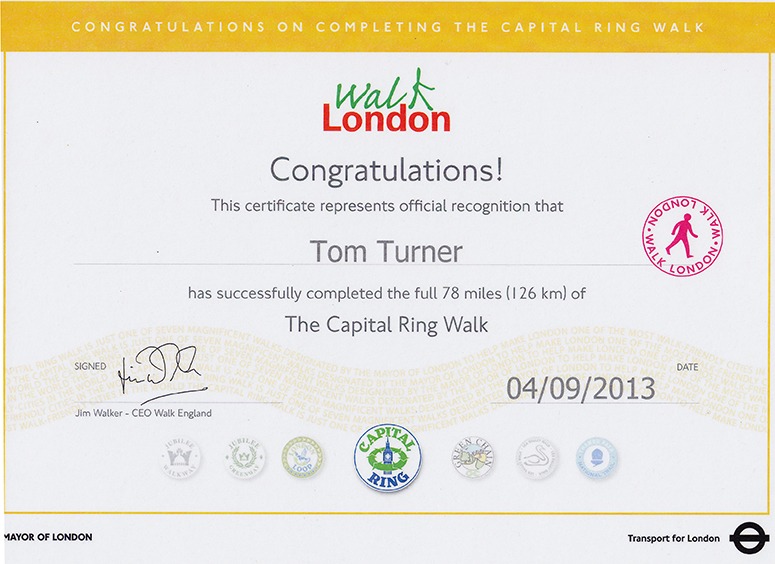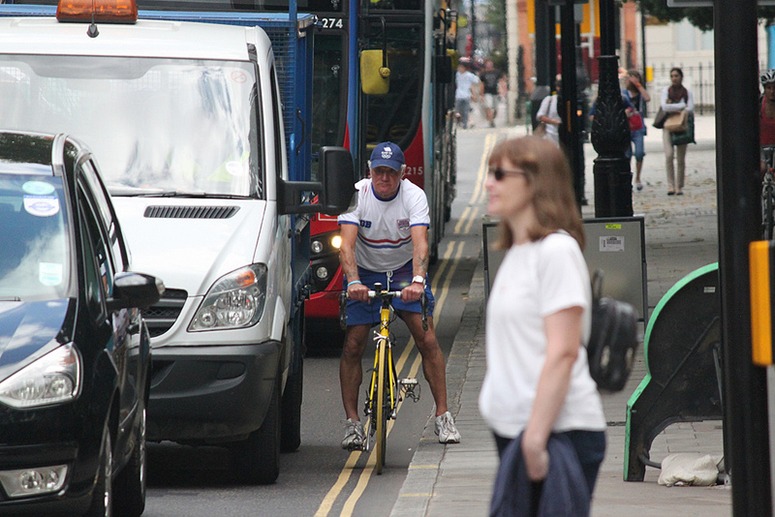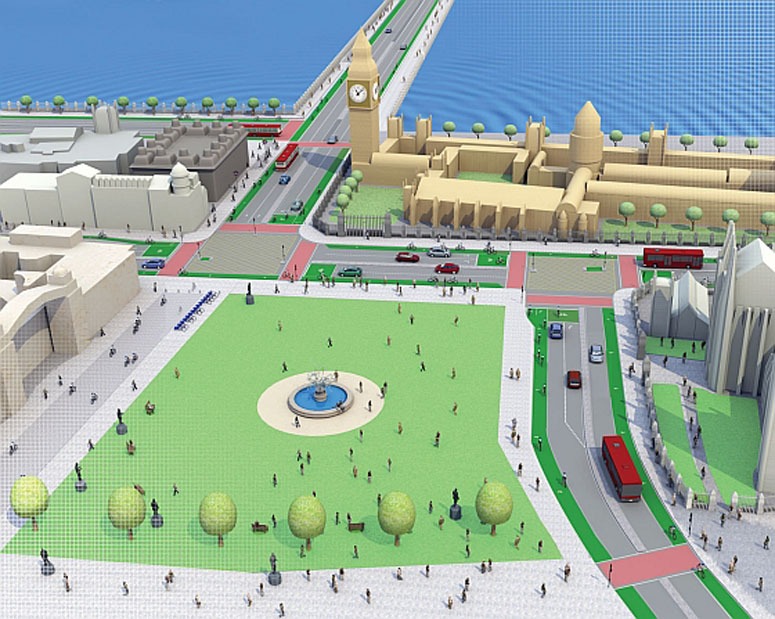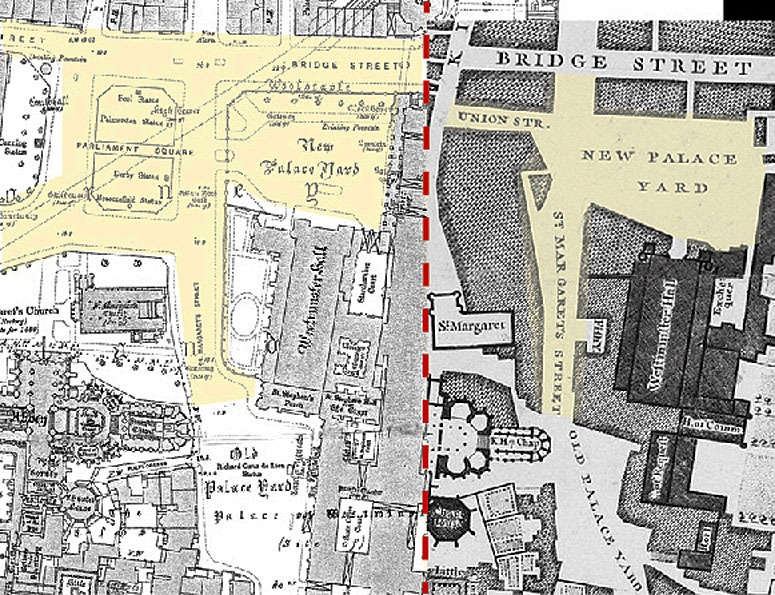Capital Ring – walking and cycling past London's suburban landscape, gardens and architecture
I did it and I enjoyed it!
Critical observations and suggestions to follow but let’s start with some good points:
– the best sections of the route are really excellent
– the weather was wonderful – it is hard to imagine better climatic conditions for such a journey
– despite having lived in London for 50 years I had hitherto traversed well under half of the route
– arriving back at the starting point gave me a surprising ‘sense of achievement’ that I do not get from most walks
– receiving the certificate was also nice, though I would like it to have the Mayor of London’s signature (a rubber stamp would do)
– following the route from a map requires advanced orienteering skills and luck. The sign posts are very useful but one could not follow the route without support from a map and compass. The maps in Colin Saunders’ book on the Capital Ring are just right
– you find a London which is very different to the famous sights in the central area: it is the ‘real London’: the suburbs in which most of its 8.174 million people live (Google figure, for 2011)
– despite being a South Londoner, and having an unreliably small sample, I am willing to say that the North Londoners are friendlier than South Londoners (though the coffee and rolls were more expensive north of the River Thames).
I’ll finish with two confessions which, I hope, does not lead to a recall of my Certificate: (1) I used a bike for much of the route and it still took me just over 5 days (2) Declaration of Interest: I was a member of the London Walking Forum when the Capital Ring route began its life (1989-91). See Towards a green strategy for London.




